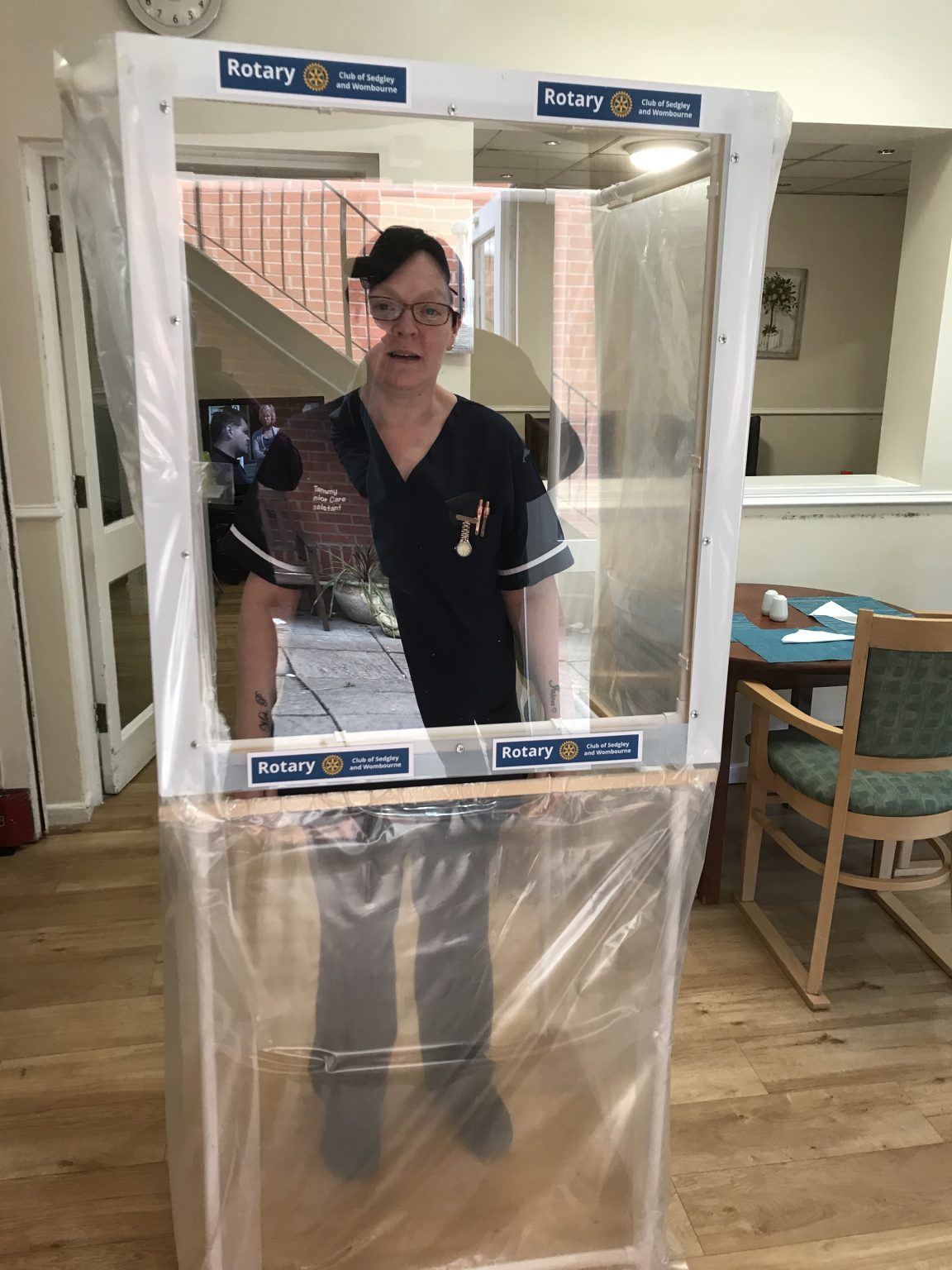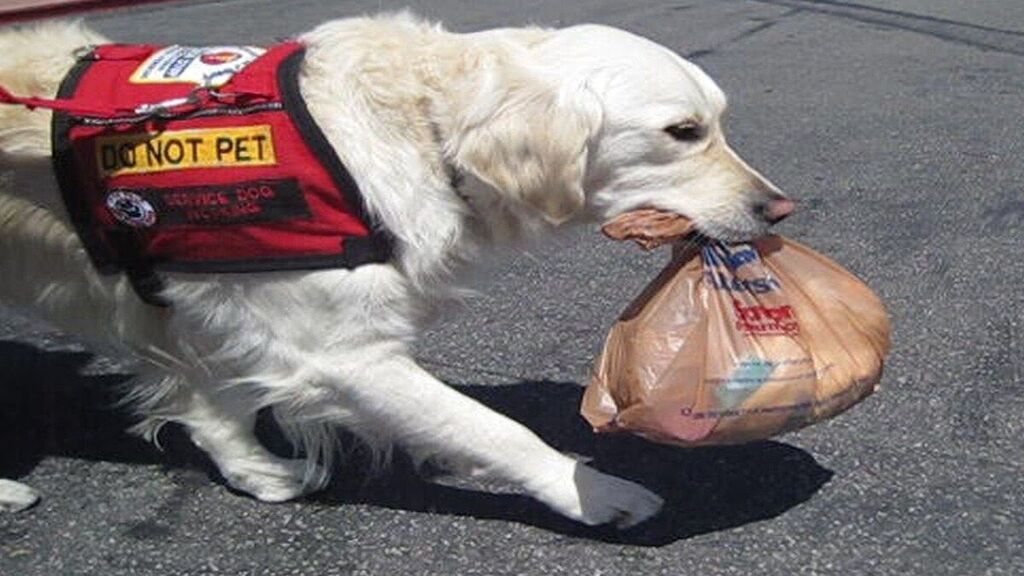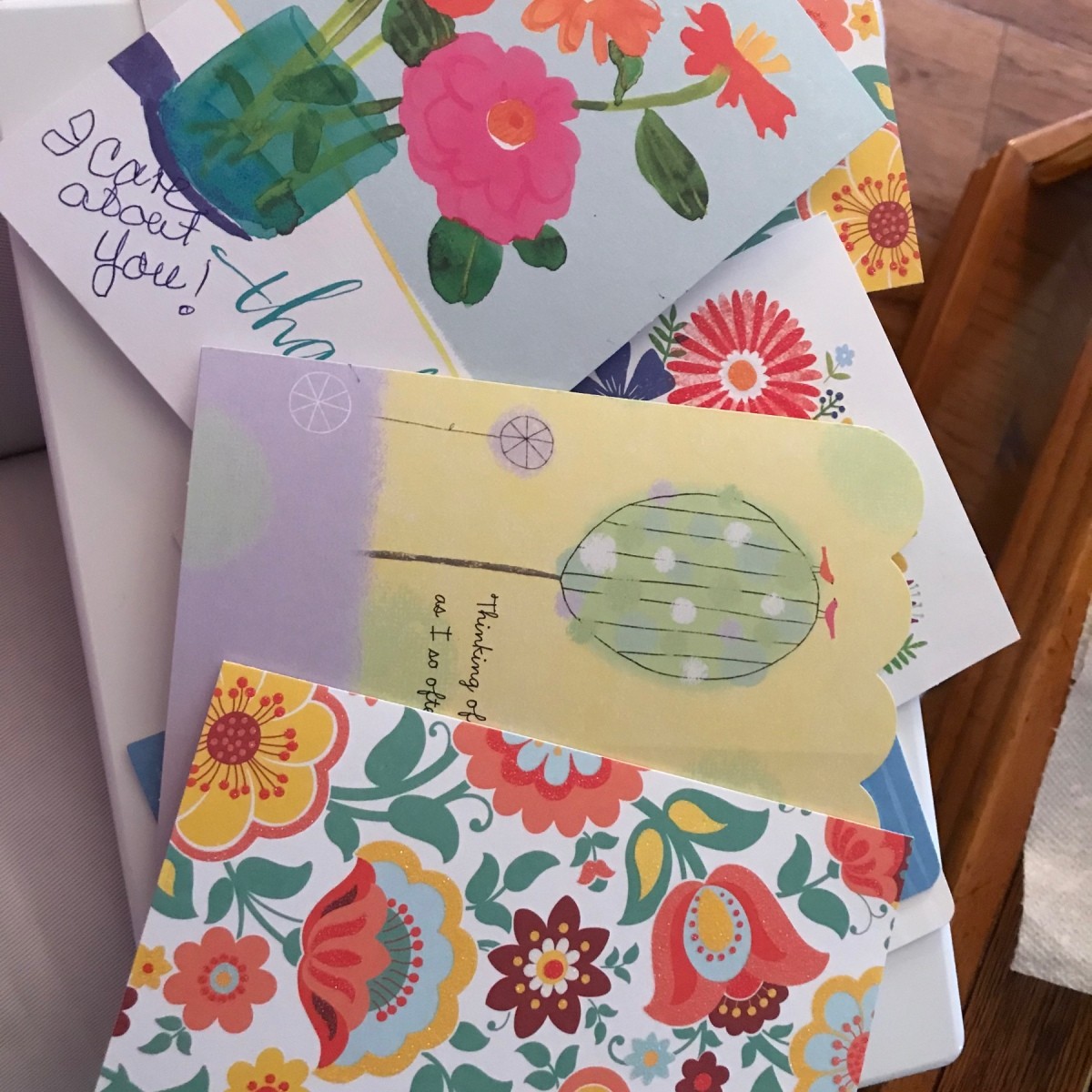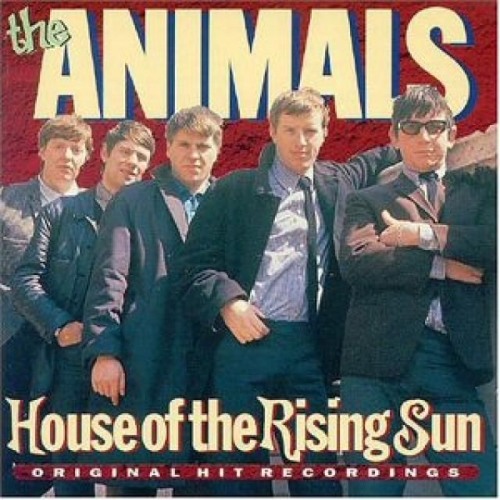Table of Content
For states that have adapted the guidelines, visitation continues to depend largely on whether there are active COVID-19 cases in your loved one's facility and, possibly, on case numbers in the surrounding community. The previous CMS guidelines, issued in September 2020 and largely adopted by the states, recommended allowing indoor visits if a facility has been case-free for 14 days and is located in a county with a positivity rate on coronavirus tests of less than 10 percent. On May 18, the Centers for Medicare and Medicaid Services released guidelines to assist state officials in safely allowing nursing homes to resume visits, which had been restricted for months due to COVID-19. But as of July 15, only 31 states have allowed nursing homes to restart in-person visits for family and friends, largely because cases of COVID-19 continue to rise. Nursing homes have been centers of the pandemic since the beginning, when an outbreak was first identified at a facility outside Seattle.

In the United States, the pandemic has killed more than 179,000 residents and employees of long-term care facilities — one-third of all coronavirus deaths nationwide — and left many others withering in isolation. Many American nursing homes have begun to welcome visitors again after a year of excruciating lockdowns. The Biden administration in March published sweeping guidelines allowing indoor visits in most cases.
Health & Wellness
According to the state Department of Public Health guidelines, visitors must be screened for the virus and wear cloth face masks. Family members will have to maintain 6 feet of distance and facilities should limit the number of people in contact with the resident. While some nursing homes have already begun allowing visits, some are still in the planning stages. "We had capacity building in the hospital systems, and there was tremendous pressure to discharge individuals back into long-term care settings," she said. Outdoor visitation is preferred when the resident and/or visitor are not fully vaccinated against COVID-19.

If you have a loved one in an assisted living community and have questions or concerns about its COVID-19 caseload and response, contact the facility and ask to speak to an administrator. You can also bring issues to your state's department of health or department of aging. But many assisted living facilities and other senior care communities have implemented policies that mirror much of the federal COVID-19 guidance for nursing homes, including infection-prevention practices and vaccination requirements. Yes.Guidancereleased by the CMS in November 2021 says that nursing homes "must allow indoor visitation at all times and for all residents," regardless of vaccination status. Visitors can only be barred when they are positive for COVID-19, are showing symptoms of COVID-19 or currently meet the criteria for quarantine, or in “very limited and rare” situations. The omicron surge spurred the CMS to allow facilities to regulate visits more, like requiring visitors to be tested prior to entry if the facility provides a rapid antigen test.
What kinds of health checks do nursing homes run on visitors?
There would be a few exceptions — for example, if the resident you wish to see is infected, or if that person has not been vaccinated and community coronavirus spread in the surrounding area remains high. If the nursing home's county COVID-19 community level of transmission is substantial to high, all residents and visitors, regardless of vaccination status, should wear face coverings or masks and physically distance, at all times. As the scale of COVID-19’s toll on nursing homes became clear during the pandemic, heightened infection-control protocols such as testing, masking, social distancing, hand hygiene and proper use of PPE were mandated in facilities. Early on, nursing homes essentially shut their doors in an effort to curb coronavirus entry and spread, instituting strict limits on visitation and suspending communal dining and other resident activities.
The federal guidance draws a line on visits by people who have tested positive for COVID or meet the criteria for quarantine. We are in the process of making this web page about various old age homes for senior / aged / elderly people of Frankfurt Am Main in Hesse state /province of Germany.If you want register and list here than please write email to . Samuel reminded lawmakers how quickly the coronavirus hit the Detroit area and cited subsequent university studies showing the No. 1 reason COVID-19 enters nursing homes is its prevalence in the surrounding community.
How to Make the Most of Your In-Person Visit
Please feel free to write us for giving your any valuable suggestions / feedback etc for making a better community platform for old age people for all. “Our plan is to start doing that midweek, next week,” said John Mastronardi, executive director of The Nathaniel Witherell, a nursing home in Greenwich. Staying current is easy with Crain's news delivered straight to your inbox, free of charge. The CMS toldNational Journalon Feb. 2 that it is actively working with the Centers for Disease Control and Prevention to determine how visitation can be safely increased in light of the vaccine.

He touched on the reforms during his March State of the Union address , saying federal officials will “set higher standards for nursing homes and make sure your loved ones get the care they deserve and that they expect." These factors make nursing homes potential breeding grounds for viral and bacterial diseases, especially given chronic problems with infection control that predate the pandemic. As of Thursday, nursing home residents accounted for 1,505, or 25 percent, of all coronavirus-related deaths in Michigan, though the figure was likely higher.
When Can Visitors Return to Nursing Homes?
Minnesota is encouraging long-term-care facilities to allow for visits from “essential caregivers,” who assist with daily activities for the resident, and the state is considering them a type of compassionate-care visit. Essential caregivers often advocate for the resident, provide emotional support, and promote their quality of life. Mike Dark, staff attorney at the California Advocates for Nursing Home Reform, said the stateguidancein California reflected loosened visitation restrictions after the detrimental impacts of nursing-home lockdowns became apparent. But he said state regulators haven’t shown interest in heavily enforcing these guidelines from county to county. The guidance allows for indoor visits provided there has not been a new onset of COVID-19 cases in the previous 14 days, visitors follow mitigation protocols like mask-wearing, and the number of visitors is limited. But the guidance also says that outdoor visitation is preferred and should be routinely allowed.

In areas of low to moderate transmission, the safest practice is for residents and visitors to wear face coverings or masks and physically distance, particularly if either of them is at increased risk for severe disease or are unvaccinated. Where visits have resumed, they remain different from those before the pandemic, which has taken the lives of more than 183,000 long-term care residents and staff. Nursing homes have had to take many steps to minimize the chance of further transmission, and some of those policies are likely to remain in place, even with residents having largely received their shots. According to Ory, because of the profound effects social isolation can have on older adults, it's not about whether visitors should be allowed in nursing homes, but rather how to allow them to come in without potentially infecting residents.
The improved outlook means that across the country, people are once again greeting loved ones in nursing homes with bouquets of flowers, with homemade pudding and lemon bars, with news from children and grandchildren. While the national COVID-19 death rate among nursing home residents is one-tenth of what it was during lastwinter’s devastating peaks, the virus has recently killed more than 2,000 residents per month, according toAARP’s ongoing analysis of federal nursing home data. That represents a sixfold increase in COVID-19 fatalities since early summer, when the death rate hit a low for 2021. In some states, like Montana and Wyoming, the death rate is near winter’s levels, despite a high proportion of residents being vaccinated this time around. Use the newfound visitation liberties to engage and connect with your loved one in a safe way.
That moment finally came one recent morning, when Ms. James packed a goody bag full of family photographs, a Sunday copy of The Chicago Tribune and a container of potato soup, and met her mother, Renee Koerber, 90, inside the nursing home. Dolores Hiwiller meeting with her daughters Karen King, right, and Sue Shirey in person for the first time since March of last year. AARP is a nonprofit, nonpartisan organization that empowers people to choose how they live as they age.
This “gets us the closest to pre-pandemic visitation that we’ve ever been since the beginning of the pandemic,” said Jodi Eyigor, director of nursing home quality and policy for LeadingAge, an industry group that represents nonprofit facilities. And having enough staff to do it too— because you’re definitely taking staff off the floor” to facilitate the visits, he said. Mastronardi, the executive director of The Nathaniel Witherell, said plans to allow visitors will have to take into account the rate at which staff will “burn through” stocks of protective equipment. In New York, Gov. Andrew Cuomo gave no indication when visitors might be allowed at the state’s homes, after he was asked about the matter during his daily press briefing Thursday.

Although large groups of visitors are discouraged, nursing homes won’t be allowed to limit the number of loved ones and friends who can pay a call on residents. Nursing homes have been almost entirely closed to visitors since Gov. Ned Lamont signed an executive in mid-March allowing the Department of Public Health to bar most family members from in-person visits. The only major exception allowed was for families visiting residents at the end of their lives.
The Centers for Medicare & Medicaid Services , in collaboration with the Centers for Disease Control and Prevention , have issued new guidelines that will allow visitors inside Maryland nursing homes. This is extremely good news to the residents of Maryland nursing homes, many of whom have gone a full year without direct human contact from anyone outside their facilities due to COVID pandemic safety precautions. On March 10, the Centers for Medicare & Medicaid Services , in collaboration with the Centers for Disease Control and Prevention , issued those guidelines.








